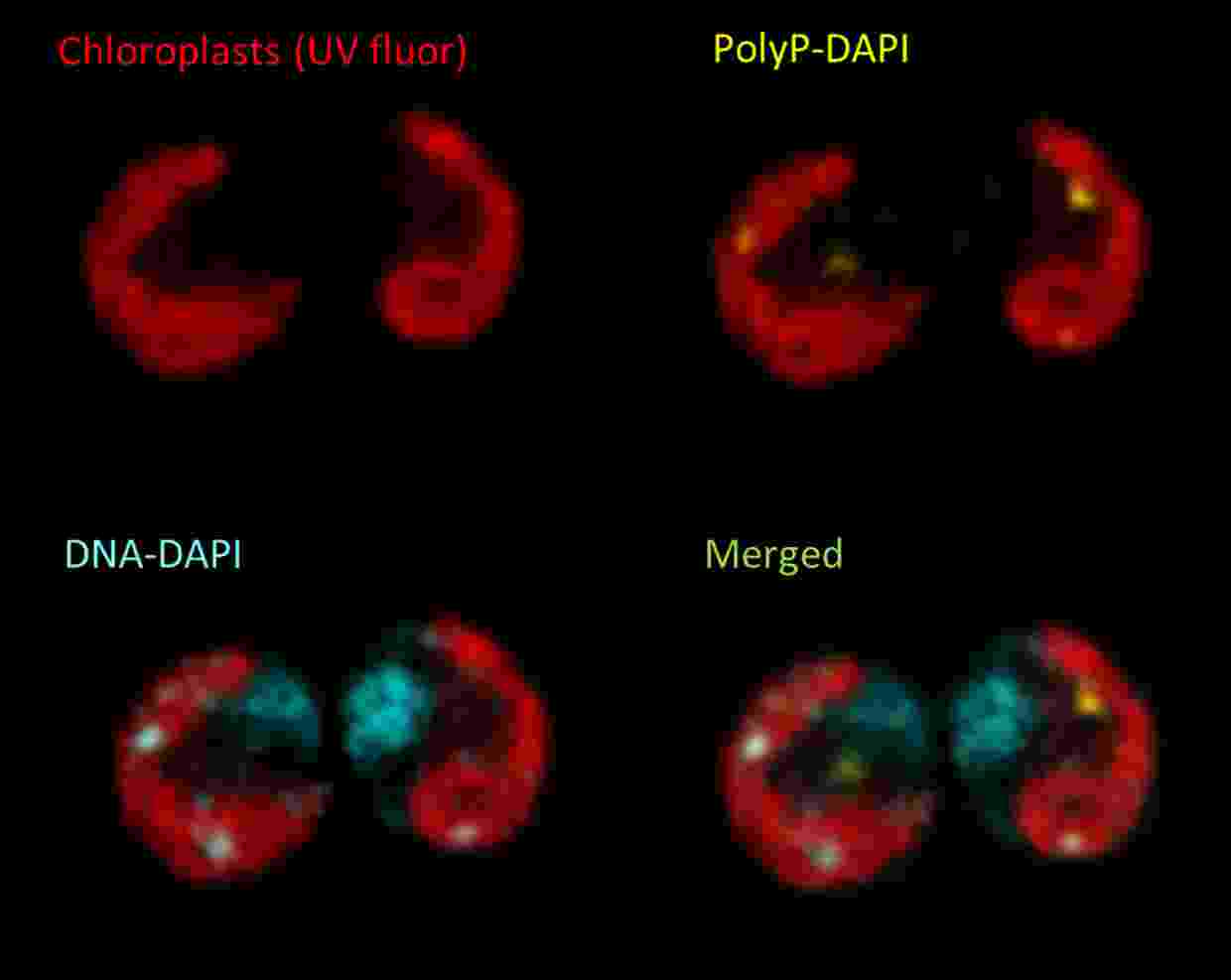Fixing the broken phosphorus cycle
Wastewater remediation by microalgal polyphosphates
09 July 2020


Figure 2, taken from paper
Authors: Stephen P. Slocombe, Tatiana Zúñiga-Burgos, Lili Chu, Nicola J. Wood, Miller Alonso Camargo-Valero and Alison Baker.
Phosphorus (P), in the form of phosphate derived from either inorganic (Pi) or organic (Po) forms is an essential macronutrient for all life. Our present and near future supply of P is primarily mined from rock P reserves in a limited number of geographical regions. To help ensure that this resource is adequate for humanity’s food security, an energy-efficient means of recovering P from waste and recycling it for agriculture is required. This review focuses on the molecular and genetic aspects of PolyP production or turnover in the context of wastewater remediation and highlights developments and challenges in this field.
Commentary
This paper provides detailed insights on the benefit and use of microalgae in sewage treatment works (STWs) as an alternate treatment option for nutrient removal and recovery. Recovery of nutrients such as nitrogen and phosphorous from wastewater streams is key to preventing eutrophication and oxygen depletion of water bodies, and could replenish existing nutrient requirements.
The paper first highlights a key water security challenge and recommends potential technological solutions that could play a significant role in enabling sustainable water security.
The Challenge: failure to recover nutrients from used water streams pollutes natural water bodies
Nutrients (phosphorous and nitrogen) removal during wastewater treatment is vital to ensuring public safety and protecting the environment. Removal of these nutrients from waste streams is key to preventing eutrophication – a natural process inciting algae blooms. Algae blooms can suffocate ecosystems, creating dead zones in which aquatic life cannot survive. Furthermore, this can also deteriorate water quality, thus threatens drinking water resources.
The Recommendation: microalgae for sustainable wastewater treatment
Nutrient capturing and accumulating capacity of microalgae provides a low cost, efficient, and sustainable approach to clean wastewater by removing nutrients and ultimately transforming them into valuable, reusable feedstock. Microalgal biomass with accumulated nutrients can be practically used as a slow-release fertilizer, which, as a result, helps in recycling nutrients from STWs back to agriculture. Overall, this provides an opportunity to improve the energetics, effluent purity, and circular economy of STWs combined with by-products, such as phosphorous and nitrogen fertilizer, biofuel, and value-added products.
Overall, the recommendations presented in this paper facilitate achieving the UN’s Sustainable Development Goal (SDG) 6; clean water and sanitation. For example, SDG 6.3 aims to protect both ecosystem health and human health by eliminating, minimizing, and significantly reducing different streams of pollution into water bodies.



